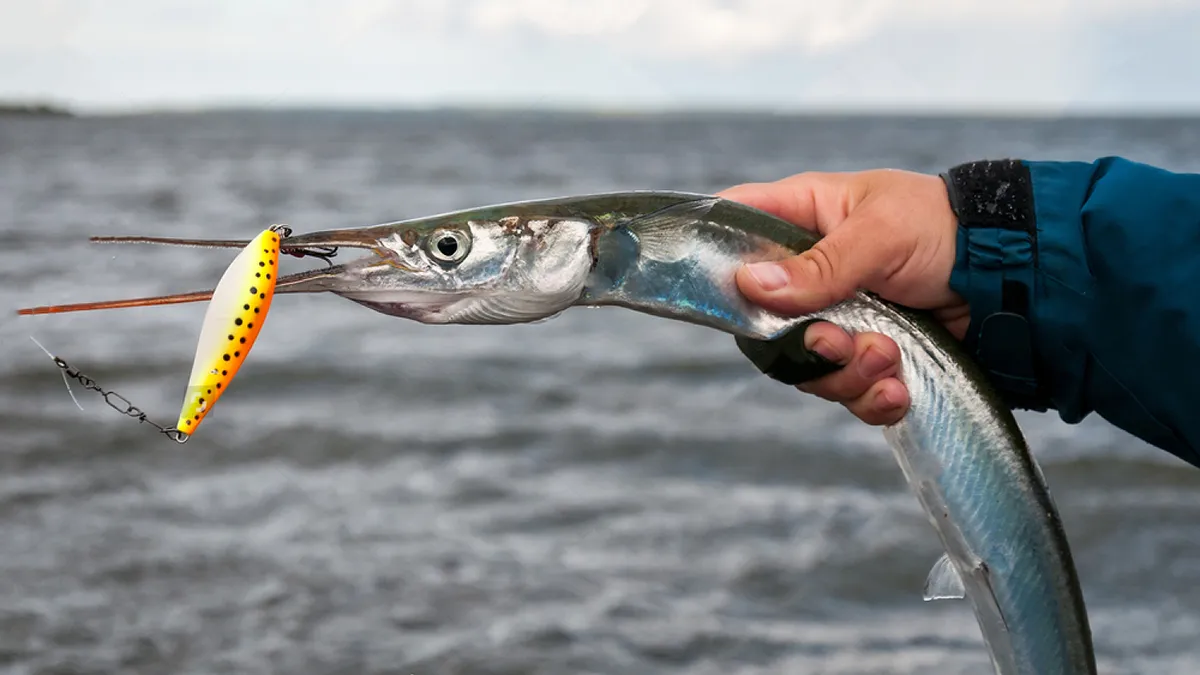G’day, fellow anglers! If you’re keen on a fun and rewarding fishing experience, you can’t go wrong with garfish, often affectionately called “mini marlins” due to their sleek shape and impressive fight. These slender beauties are a hit among Australian fishers, not just for their lively nature but also for the tasty feed they provide. Whether you’re a seasoned pro or just starting, garfish are a fantastic “bread and butter species” to target.
Their popularity isn’t just about the catch; garfish are also known for being a bit of a challenge. With their small mouths and quick strikes, they can keep you on your toes, which is part of the thrill! Plus, they’re perfect for those who enjoy fishing around rock walls and coastal waters.
Now, before you head out, make sure your gear is up to scratch. A quality fishing line is essential, and we’ve got just the thing for you at ReelBoss. Our fishing lines are perfect for landing these feisty fish. Ready to learn more about the best techniques, gear, and times to catch garfish? Read on!
Understanding Garfish: The Mini Marlins of the Sea
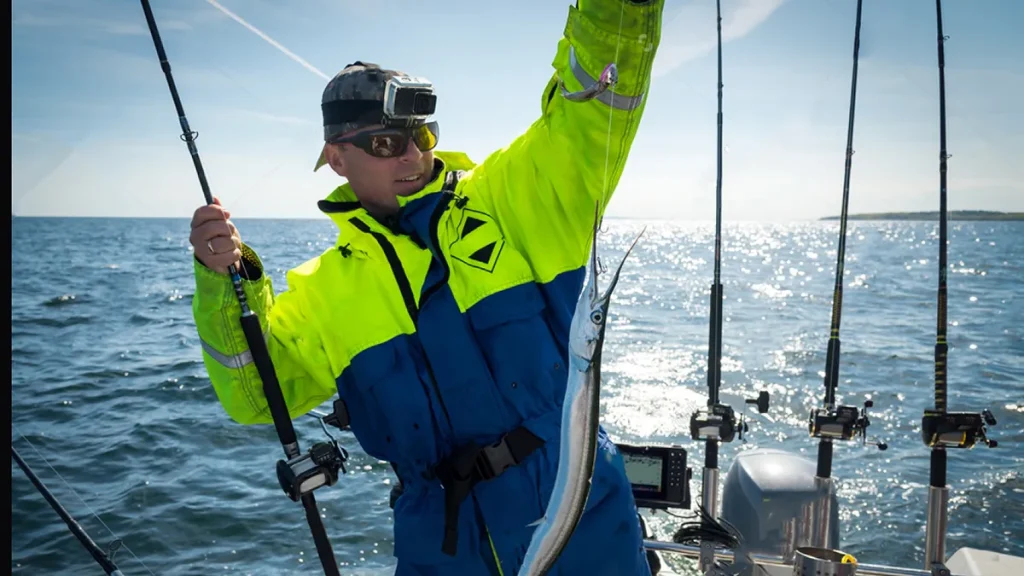
Garfish, or “mini marlins” as they’re affectionately known, are a fascinating species that many anglers in Australia love to target. These slender fish are instantly recognizable, thanks to their elongated bodies, sharp beaks, and striking blue-green coloration. Their streamlined shape not only makes them fast swimmers but also gives them a resemblance to marlins, hence the nickname. They’re a sight to behold, especially when you see a school of them glinting under the sun.
Garfish are typically found around rock walls, jetties, and other coastal structures, where they hunt for small prey. These areas provide a great fishing spot because garfish often come close to the shore, making them accessible even for land-based anglers. They are surface feeders, meaning they’re usually found near the water’s surface, which is perfect for float rigs and light tackle setups. Their diet mainly consists of small fish and crustaceans, which makes them quite a catch for anyone looking to enjoy a good fight and a tasty meal. Understanding their habitat and behavior is key to successful garfish fishing.
Best Time to Fish for Garfish
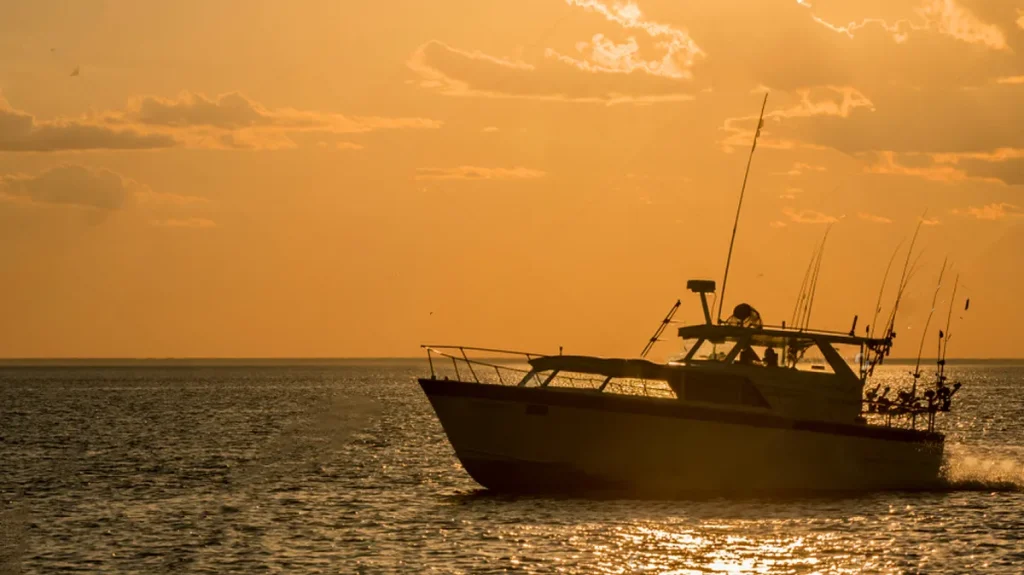
When it comes to garfish fishing, timing is everything. The best time to target these fish is during the warmer months, typically from late spring to early autumn. Garfish are more active in these seasons, making them easier to find and catch. The ideal times of day are early morning and late afternoon when the fish are most active. During these times, you’ll often find them feeding near the surface, which is perfect for anglers using float rigs.
Tides play a crucial role in garfish fishing. The best fishing occurs during a rising tide, especially when it coincides with early morning or late afternoon. This is because rising tides bring in fresh, nutrient-rich water, which attracts small fish and other prey that garfish feed on. Calm weather conditions are also preferable, as garfish are surface feeders and are more likely to be active when the water is calm.
So, if you’re planning a trip to the coast, keep these timing tips in mind for the best chance to catch these agile “mini marlins.” Whether you’re fishing from a boat or along the rock walls, knowing when to fish can make all the difference. Read on for more tips and techniques to help you land your next catch!
Essential Gear for Garfish Fishing
When it comes to garfish fishing, having the right gear can significantly increase your chances of success. Garfish are known for their small mouths and delicate bites, so choosing the appropriate tackle is crucial.
Quill Floats, Pencil Floats, and Nibble Tips
One of the most popular setups involves using quill floats and pencil floats. These floats are sensitive and provide excellent visibility, making them ideal for detecting the subtle bites of garfish. Quill floats are lightweight and offer less resistance when fish take the bait, while pencil floats are slightly more buoyant, perfect for choppier waters.
Nibble tips can be added to your rod to further enhance bite detection. These tips are ultra-sensitive and help you notice even the slightest nibble, ensuring you can react quickly to set the hook.
Another key component of your setup is the split shot. These small weights are essential for balancing your float rig. They help keep the bait at the desired depth, making it easier for garfish to spot and strike. Properly spacing the split shot along the line also ensures that your bait moves naturally in the water, mimicking the movement of prey.
Bait Selection: What Garfish Love
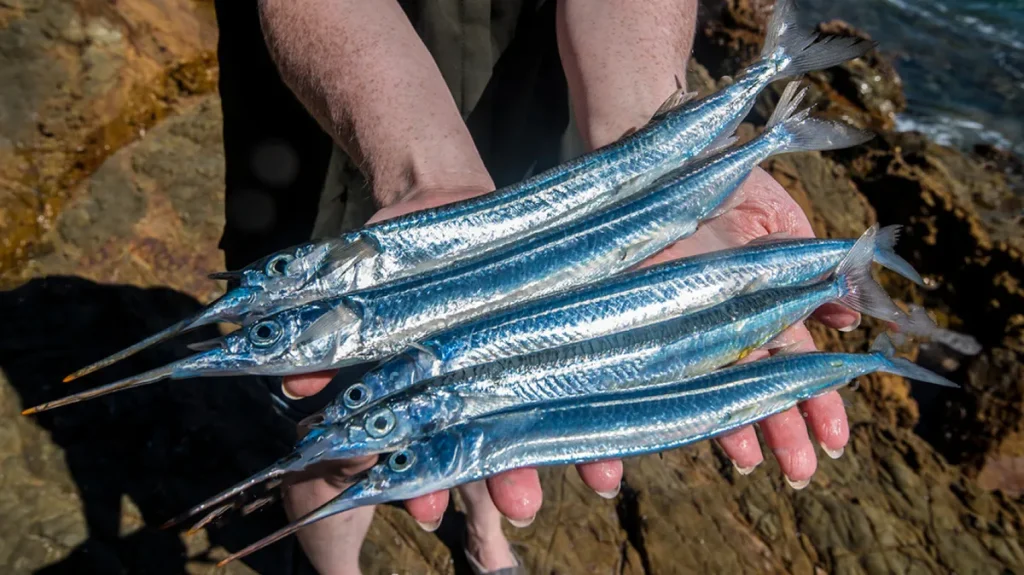
Choosing the right bait is just as important as selecting the right gear when cathing these fish. These fish are surface feeders and are attracted to a variety of baits, making them a versatile catch for anglers.
A popular choice among anglers is fish flesh. Small, thin strips of flesh work best as they can easily fit into the garfish’s small mouths. Another effective option is using small pieces of bread. Garfish are known to be attracted to bread, especially when fishing near jetties or rock walls where bread often gets thrown into the water.
For those looking to up their game, adding tuna oil to your bait can make a significant difference. Tuna oil is a potent attractant that releases a strong scent trail in the water, drawing garfish from a distance. It’s particularly useful when the water is murky or when fishing in a large area where fish are spread out. Simply soak your bait in tuna oil or add a few drops to the surface around your fishing spot.
Using these baits in combination with the right gear, like quill floats or pencil floats, and nibble tips, can greatly enhance your fishing experience. Whether you’re a novice or a seasoned angler, understanding the preferences of garfish can help you tailor your approach and increase your catch rate. Ready to get started? Keep reading for more tips on float rigs and techniques!
Float Rigs: Setting Up for Success
Setting up your float rigs properly is crucial for a successful garfish fishing experience. Quill floats and pencil floats are excellent choices for targeting these fish due to their sensitivity and visibility. Here’s how to set up your rig:
- Choose the Right Float: Quill floats are ideal for calm waters, as they are lightweight and less resistant. Pencil floats are better for slightly choppier conditions, providing more buoyancy.
- Attach the Float: Slide the float onto your fishing line, followed by a small bead to prevent the float from damaging the knot at the end of your line.
- Add Split Shot: Use small split shot weights to balance the float and keep your bait at the right depth. Place them about 20-30 cm above your hook, adjusting based on water depth and fishing conditions.
- Set the Depth: Adjust the float position to set the depth of your bait. Garfish are surface feeders, so start with a shallow depth and adjust as needed.
- Fine-tuning: Pay attention to the float’s sensitivity. If the float tips too much, reduce the weight of the split shot; if it doesn’t tip enough, add more weight.
Techniques for Catching Garfish
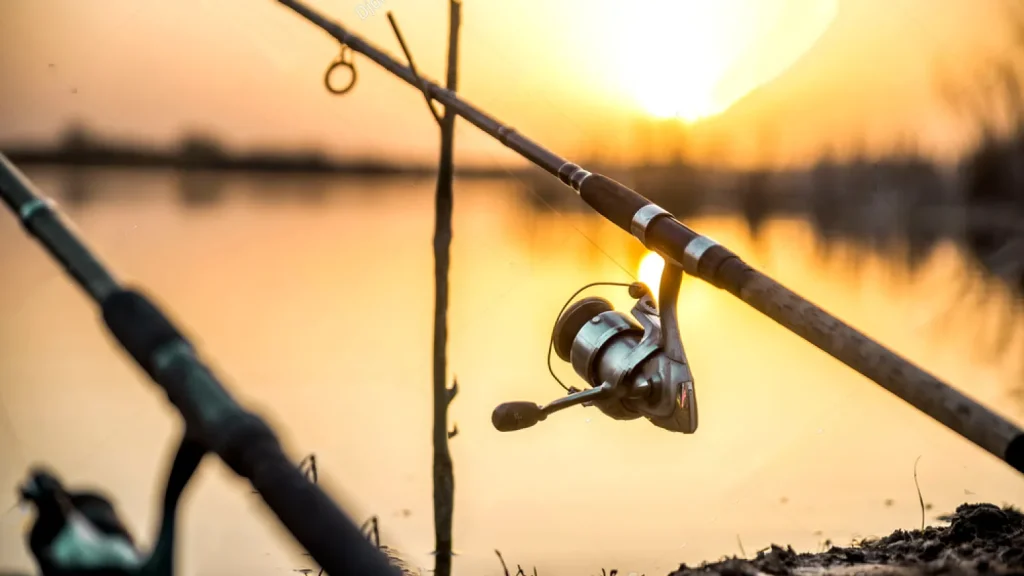
When it comes to catching garfish, understanding their behavior and preferences is key. Garfish have small mouths, so it’s essential to use small hooks and baits. Light tackle is recommended, as it provides the sensitivity needed to detect the subtle bites of these delicate feeders. Using a sensitive rod and reel setup allows you to feel even the slightest nibble, which is crucial for successfully hooking these fish.
Bait presentation is particularly important when fishing for garfish. Since they feed near the surface, your bait should be small and lightweight, like tiny strips of fish flesh or small pieces of bread. These baits should be floated just below the surface using quill floats or pencil floats, which are sensitive enough to indicate even the slightest bite. Watching your float is crucial; garfish often take the bait very subtly, causing the float to dip or move sideways slightly. A gentle lift of the rod is usually sufficient to set the hook without spooking the fish.
Land-based fishing for garfish is especially effective around structures like rock walls, jetties, or piers. These areas attract garfish due to the abundance of small prey. When casting, aim to let your bait drift naturally with the current, mimicking the movement of their natural food. A slow and steady retrieval keeps the bait in the strike zone longer, increasing your chances of a successful catch. With these techniques, you’ll be well on your way to landing more garfish on your next outing.
Handling and Storing Your Catch
Once you’ve successfully caught some garfish, proper handling and storage are crucial to maintain their quality. Garfish are delicate, with soft flesh that can easily be damaged, so handle them gently. When removing the hook, be careful not to tear the mouth area, which can be quite fragile. It’s best to place the fish in a cooler or an esky with ice as soon as they’re caught. This not only keeps them fresh but also preserves their flavor and texture.
For those planning to enjoy their catch later, proper storage is key. After filleting the fish, rinse the fillets with clean, cold water and pat them dry with a paper towel. Store the fillets in an airtight container or vacuum-sealed bag to prevent exposure to air, which can cause freezer burn. If you plan to eat the fish within a day or two, storing them in the fridge is fine. Otherwise, freeze them for longer-term storage, ensuring they remain fresh and tasty for your next meal.
Conclusion
In conclusion, garfish fishing offers a unique and rewarding experience for anglers of all levels. By understanding their feeding habits, using the right gear, and employing effective techniques, you can increase your chances of a successful catch. Whether you’re drawn to the thrill of the chase or the satisfaction of a fresh catch, garfish provide an exciting fishing opportunity.
If you’re ready to try your hand at garfish fishing, make sure to explore our range of fishing lines at ReelBoss. Don’t miss out on enhancing your fishing experience with top-notch equipment. Happy fishing and we hope to see you out on the water soon!
